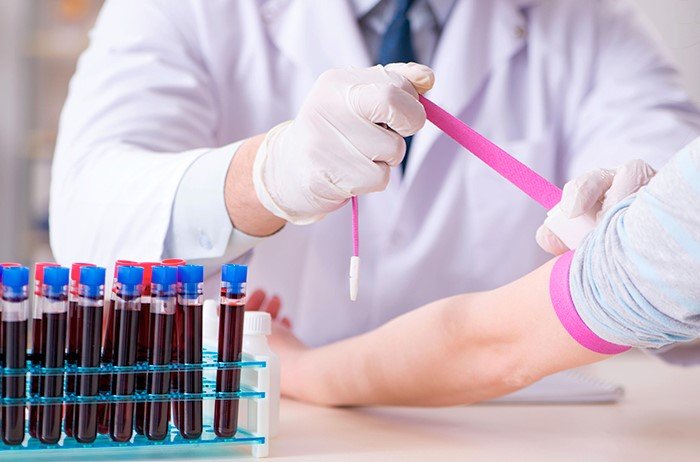Phlebotomy Education Collection Tube Problems
As a phlebotomist, proper blood collection techniques are essential in ensuring accurate test results and patient safety. The use of collection tubes is a standard practice in phlebotomy, but there are common problems that can arise when using these tubes. In this article, we will discuss some of the most common collection tube problems and how to address them.
Incorrect Order of Draw
One of the most common collection tube problems is the incorrect order of draw. The order of draw is the sequence in which different blood collection tubes should be filled during a blood draw to prevent cross-contamination between additives in the tubes. When the order of draw is not followed correctly, it can lead to inaccurate test results and patient misdiagnosis.
It is essential for phlebotomists to follow the standard order of draw, which is as follows:
Yellow (Sterile): Used for blood culture samples
Light Blue (Sodium Citrate): Used for coagulation studies
Red (No Additive): Used for chemistry and serology tests
Gold (SST/Gel Separator): Used for chemistry tests
Green (Heparin): Used for plasma determinations
Lavender (EDTA): Used for hematology tests
Gray (Potassium Oxalate/Sodium Fluoride): Used for glucose determinations
Following the correct order of draw is crucial in preventing test result errors and ensuring patient safety. Phlebotomy education programs should emphasize the importance of this practice to all students.
Expired Tubes
Another common problem that can occur with collection tubes is the use of expired tubes. Just like any other medical supplies, collection tubes have an expiration date, and using tubes past their expiration date can lead to inaccurate test results.
It is essential for phlebotomists to check the expiration date on collection tubes before use and discard any expired tubes. Phlebotomy education programs should teach students how to properly check for tube expiration dates and the importance of using only unexpired tubes for blood collection.
Improper Tube Mixing
Proper mixing of blood collection tubes is crucial in ensuring that the blood and additives are mixed thoroughly to obtain accurate test results. Failure to mix tubes properly can lead to incomplete clotting, hemolysis, or inaccurate test results.
Phlebotomists should follow the recommended mixing instructions for each type of collection tube to ensure proper mixing. This typically involves gently inverting the tubes a certain number of times immediately after collection. Phlebotomy education programs should teach students the correct tube mixing techniques to prevent this common problem.
Contaminated Tubes
Contamination of blood collection tubes can occur during the collection process, transport, or storage, leading to inaccurate test results and patient misdiagnosis. Common causes of tube contamination include improper disinfection of the collection site, the introduction of foreign substances into the tubes, or inadequate sealing of the tubes.
Phlebotomists should follow strict aseptic techniques during blood collection to prevent tube contamination. This includes properly disinfecting the collection site, using sterile collection equipment, and ensuring that tubes are properly sealed after collection. Phlebotomy education programs should emphasize the importance of aseptic techniques in preventing tube contamination.
Conclusion
Proper education on blood collection tube problems is essential for phlebotomists to ensure accurate test results and patient safety. By addressing common collection tube problems such as incorrect order of draw, expired tubes, improper tube mixing, and contaminated tubes, phlebotomists can improve the quality of blood collection practices and minimize errors in the laboratory.
By following the recommended guidelines and best practices for blood collection tubes, phlebotomists can contribute to the overall quality of patient care and help prevent potential patient harm due to inaccurate test results.

Related Videos
Disclaimer: The content provided on this blog is for informational purposes only, reflecting the personal opinions and insights of the author(s) on phlebotomy practices and healthcare. The information provided should not be used for diagnosing or treating a health problem or disease, and those seeking personal medical advice should consult with a licensed physician. Always seek the advice of your doctor or other qualified health provider regarding a medical condition. Never disregard professional medical advice or delay in seeking it because of something you have read on this website. If you think you may have a medical emergency, call 911 or go to the nearest emergency room immediately. No physician-patient relationship is created by this web site or its use. No contributors to this web site make any representations, express or implied, with respect to the information provided herein or to its use. While we strive to share accurate and up-to-date information, we cannot guarantee the completeness, reliability, or accuracy of the content. The blog may also include links to external websites and resources for the convenience of our readers. Please note that linking to other sites does not imply endorsement of their content, practices, or services by us. Readers should use their discretion and judgment while exploring any external links and resources mentioned on this blog.
